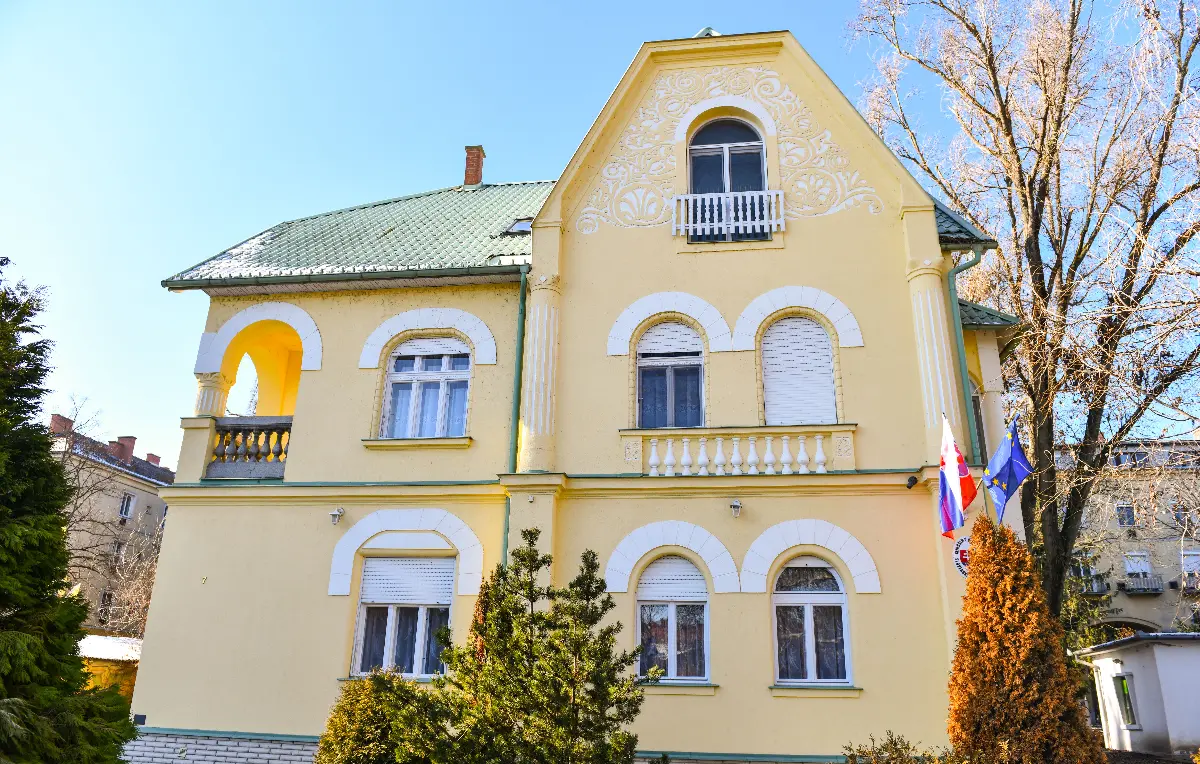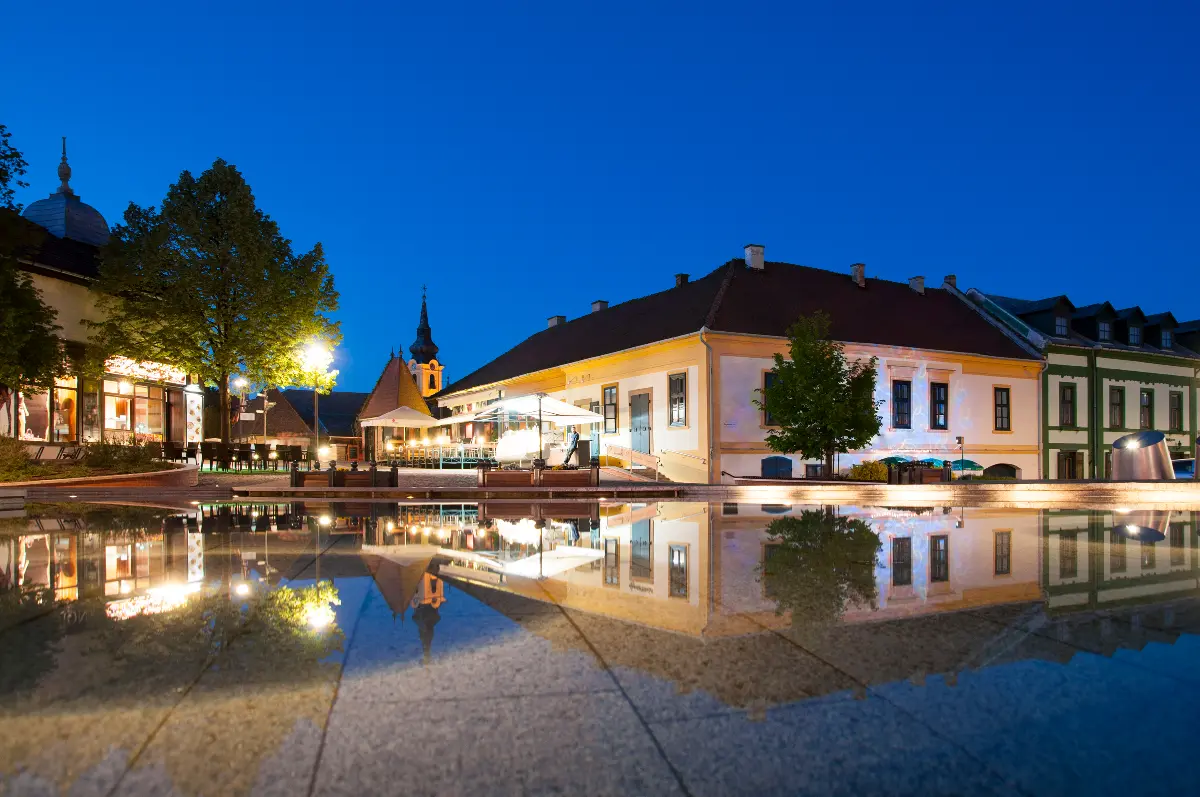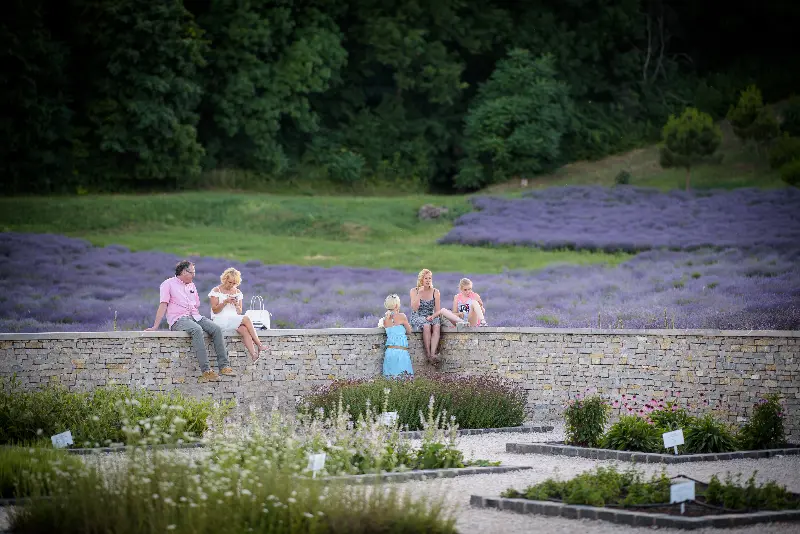
Helyszín címkék:
Art Nouveau treasures in Békés – buildings and stories from the beginning of the 20th century
Káldi Emese
The works of the grand masters of Art Nouveau are characterised by stunning details – wrought iron railings imitating tendrils, stained glass windows and coloured coverings, furnishings harmonising with the building. Is it any wonder we look at them with envy? At the beginning of the 20th century numerous architects took over this new style, therefore attractive, friendly and last but not least nice houses were built all over the country. The Art Nouveau brought just this change in architecture: functional spaces, large windows letting in sunlight and cosy rooms appeared, however the desire to create not only functional, but at the same time eye catching buildings endured.
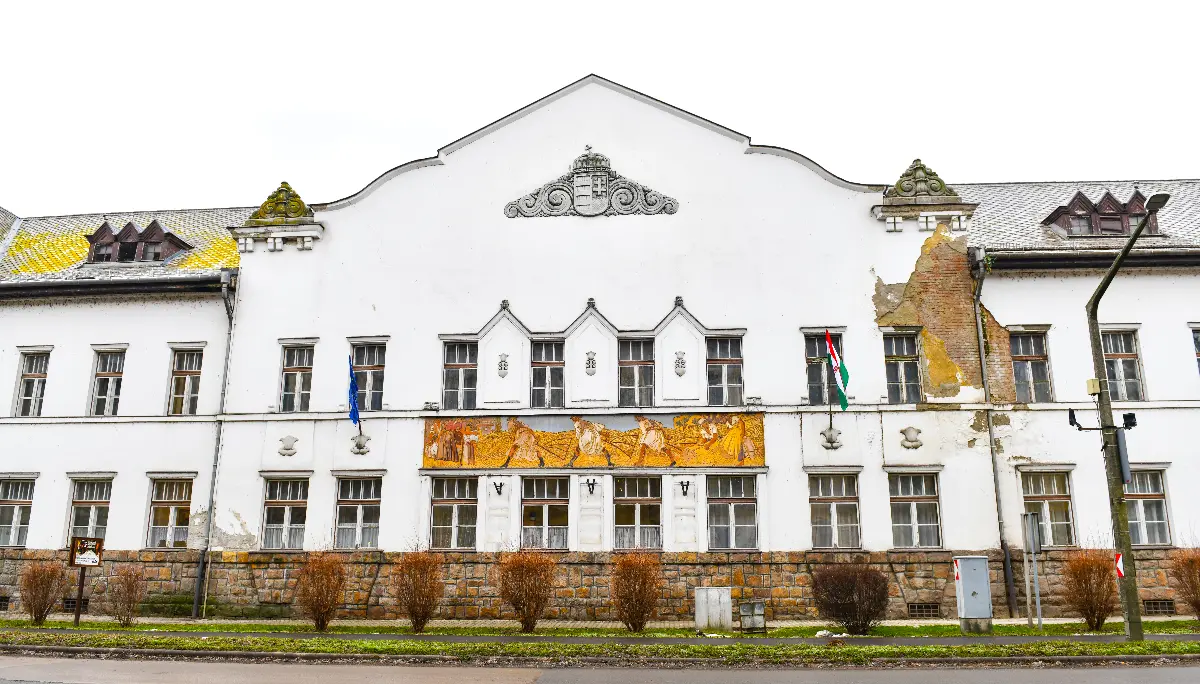
Gyula’s Gaudi
Gyula town’s “Gaudi”, thus one of its most employed architects was Ferenc Pfaff, who probably fell in love with the Hungarian Art Nouveau style as a student of Ödön Lechner. And how well he did it! As a native of the town he was in a good friendship with the local elite, who kept ordering their mansions from him in the 1910s, but he also designed several public buildings. One of his nicest buildings is the former elementary and civic girls’ school at the corner of Kossuth Lajos street and Móricz Zsigmond street, that stands at the junction of the streets like a nice tulip chest. The quarter-circle layout adopted to the location, the folk floral pattern sgraffito decoration appearing on the facade, and the fine brick contour render the building so friendly that we feel: it would be nice to enter! And this is the best thing to happen to a pupil. In addition, the educational institution was built by 1911 together with a gym – this was quite a modern or we might even say cool thing that time.
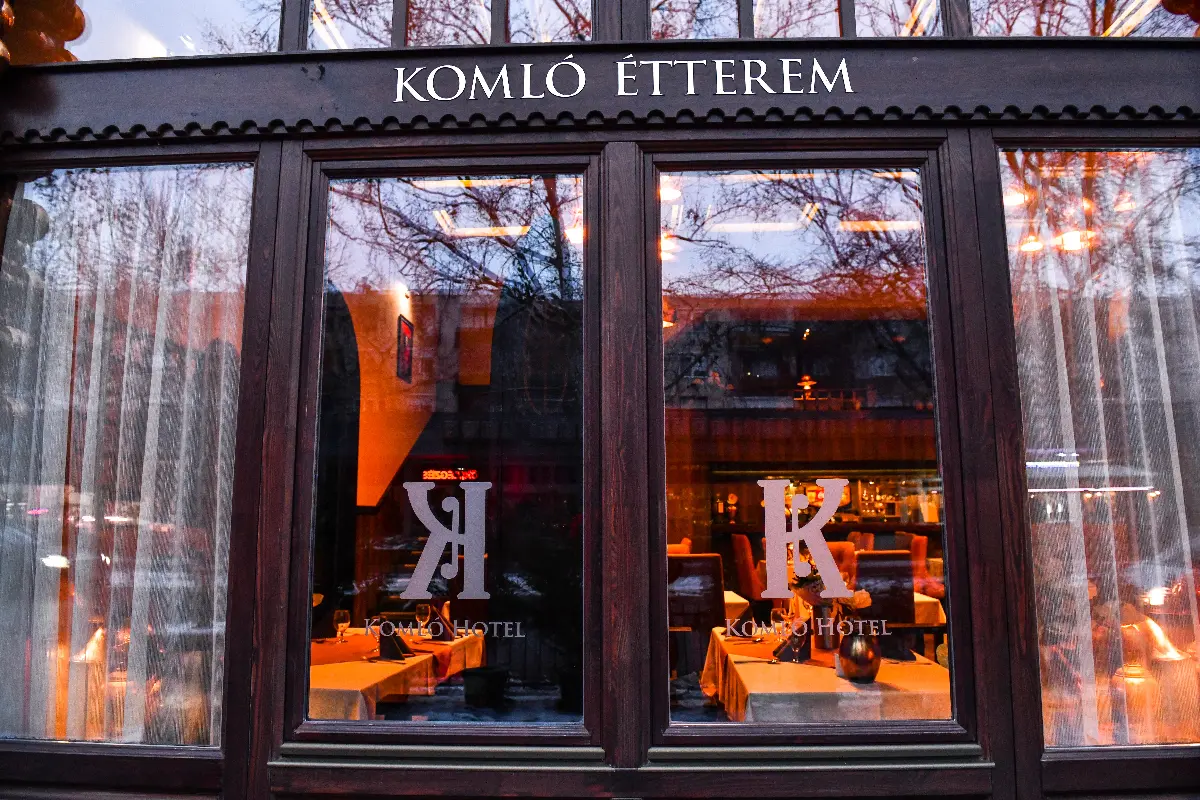
Our other favourite Art Nouveau building is the former butchery in Eminescu street. Besides the twisted stucco ornaments and special fence of the corner building today hosting the Hungarian National Roma Self-government, the most striking is the huge former shop portal, which, about one hundred years ago, contained delicious sausages and hams. Probably not for a long time. Although we don’t know the exact date of construction, we might learn from the advertisements appeared in the Gazette of Békés County (Békésmegyei Hírlap) in 1939 that butcher Péter Miskucza was forced to leave the house. We don’t know what happened to his delicious products later on. What we know is that the large-scale building standing at the beginning of Szabadság road in Szarvas captures the attention of all. Miklós Naszály was asked to plan a school building for the Secondary School of Economics in 1927, and on the facade a colourful mural was made by Emil Baranski, who created a typical scene of the Great Hungarian Plain: harvest workers bend over the golden yellow wheat. The school was not only nice, but also gap-filling at that age – at the end of the four-year training students received the title “qualified farmer”, and have put their knowledge to good use all over the country.
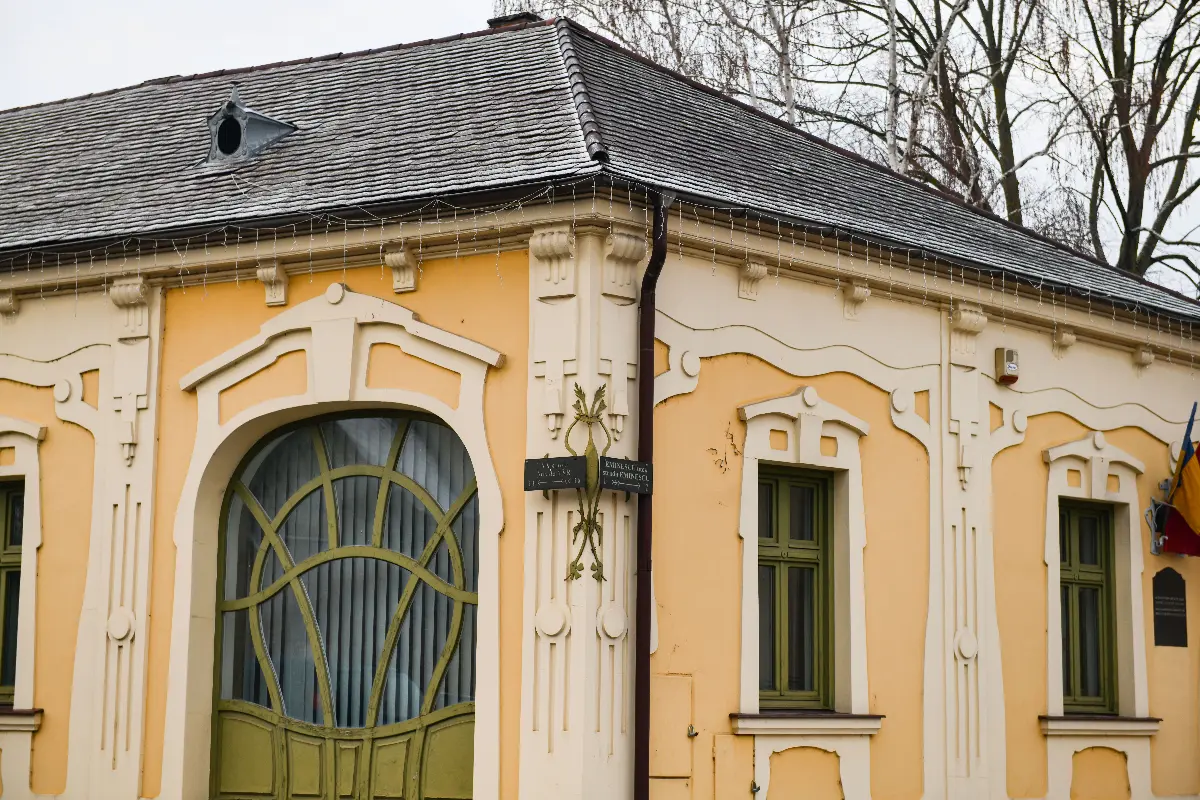
Villa on the waterfront
In Békéscsaba it is always a great experience to walk on the bank of River Körös, where it’s possible to see beautiful turn-of-the-century villas on the waterfront promenades. For instance, there is the Villa Stern-Steinberger located at no. 7 Derkovits avenue. In the spacious seven-room house naturally a dining room, a gentlemen's room, bedrooms and a guest room served the convenience of the family, while the staff lived in the basement. The Steinberger family living here was counted among the nobility of the city – they ran a successful grain and crop trading company, “exclusively en gros”, as contemporary newspapers wrote, thus exclusively wholesale. Therefore they could afford the beautiful villa that luckily stands almost in its former glory on the bank of River Körös lined with willows.
